Across the West, Basque immigrants worked as sheepherders from 1800s to the 1960s. During the summer months, sheepherders would trail with their sheep up into the mountain ranges, where fresh water streams and lush pastures were abundant. They sought out the aspen groves, because they knew they would find grassy meadows nearby. Many carved their names and etched drawings on the soft white bark of aspen trees.
These Basque tree carvings are a memorial to the legacy of those men who endured a solitary lifestyle, roaming the mountains and grassy meadows with their flocks. But the carvings are threatened. Aspen trees are dying by the tens of thousands, crowded out by large pines and devastated by parasitical insects. As the trees die, so too does an important part of the history of Basque sheepherding in the United States.
For more than two decades, Basque tree carvings have been researched by University of Nevada at Reno Professor Joxe Mallea-Olaetxe. For a detailed account of sheepherders and the carvings they left behind, see Mallea’s book Speaking Through the Aspens on Amazon. He has also posted many reports about aspen groves he visited on his Medium account.
Click on the map below for directions to a grove of tree carvings in the Sierras north of Truckee:
View Basque Tree Carvings in a larger map




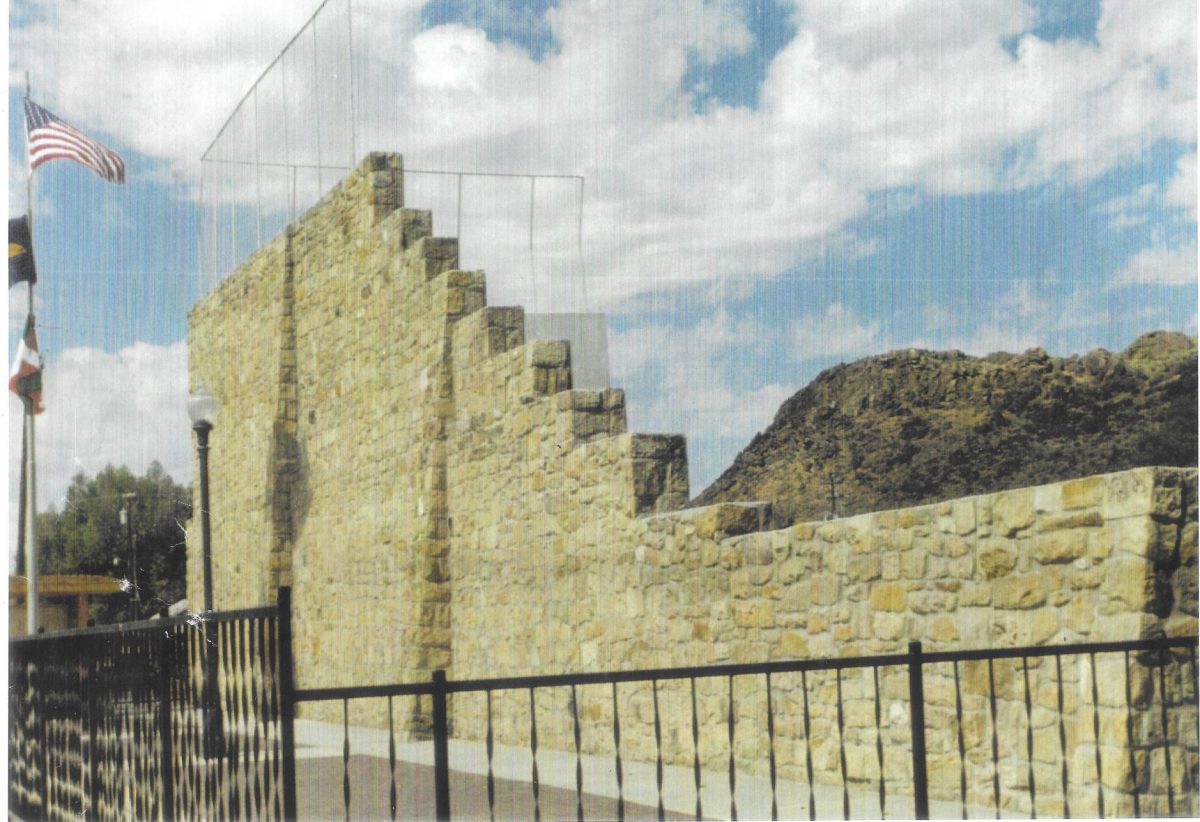
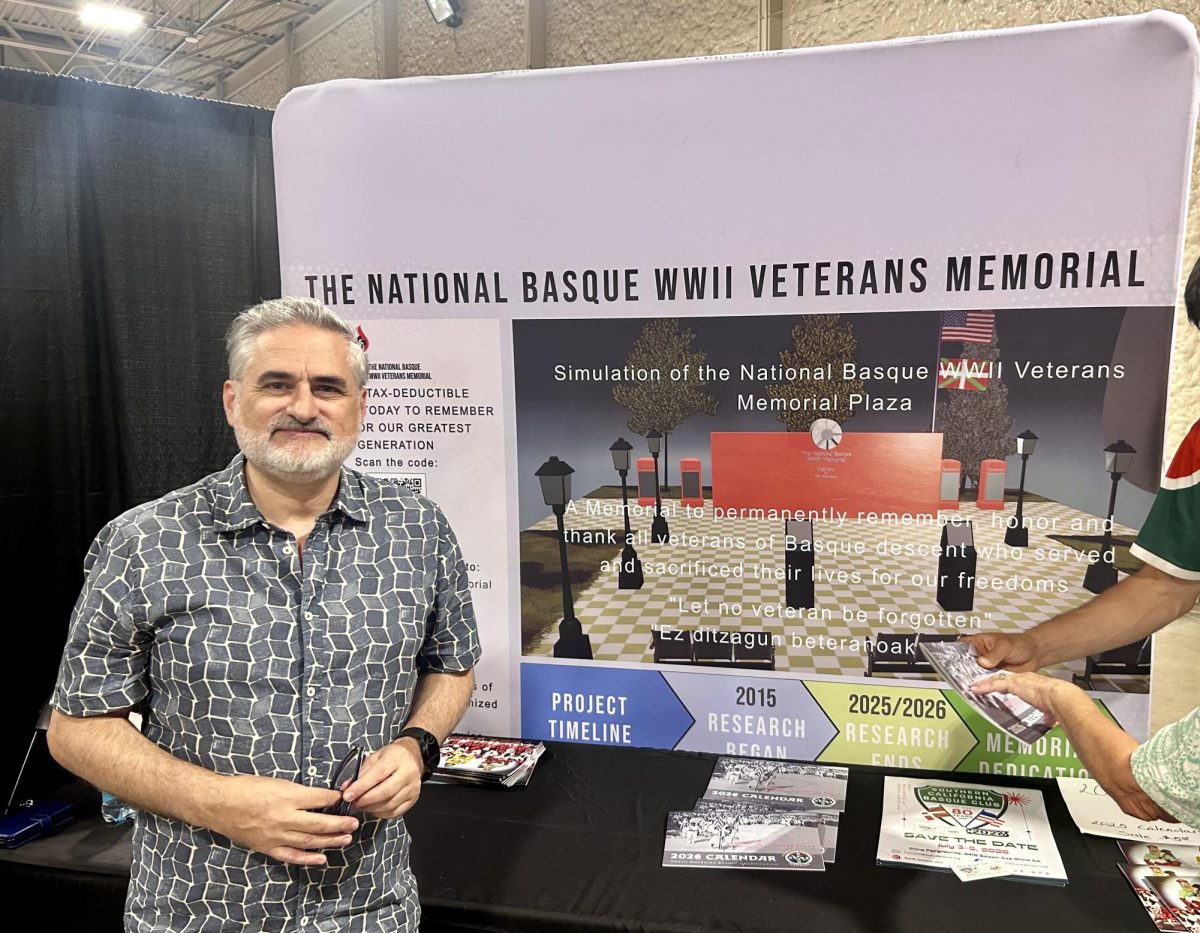
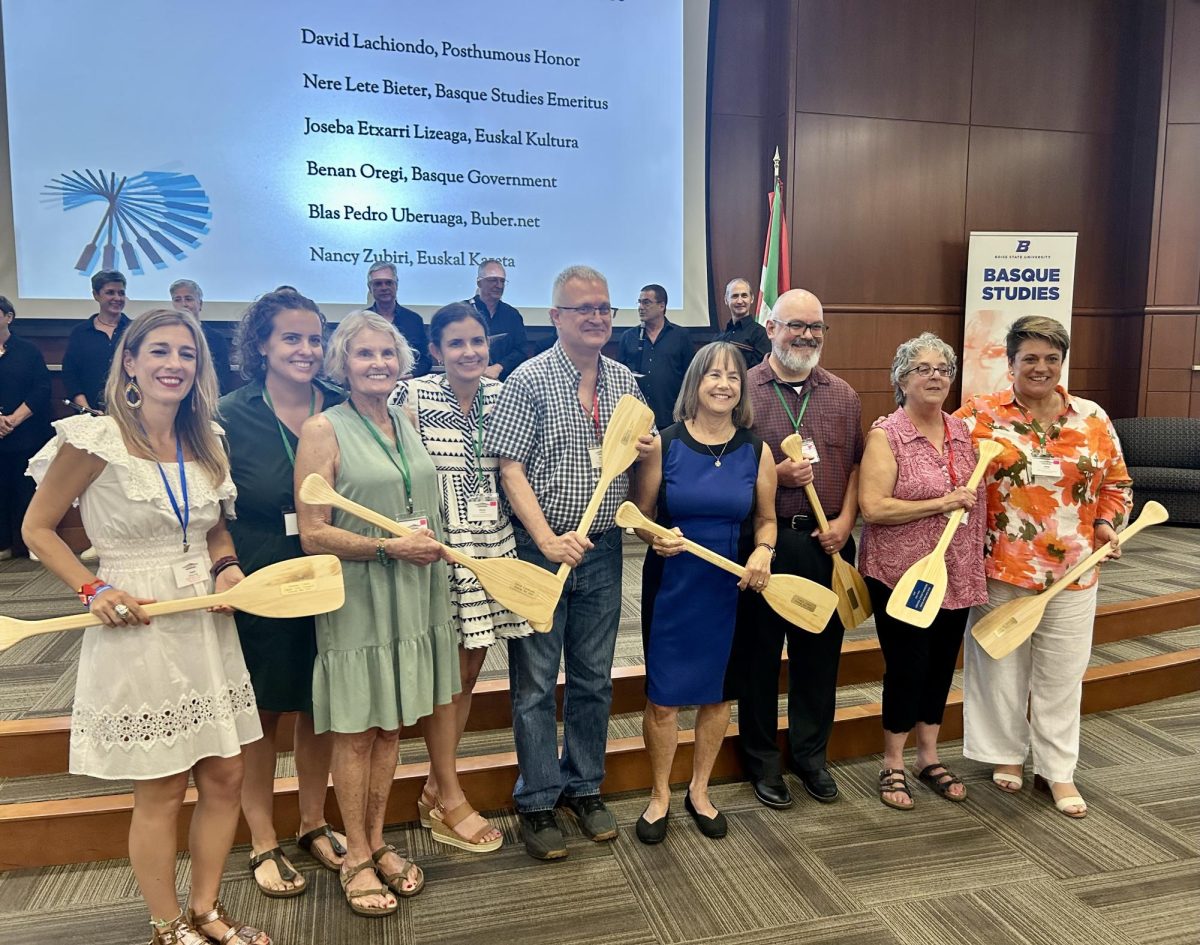
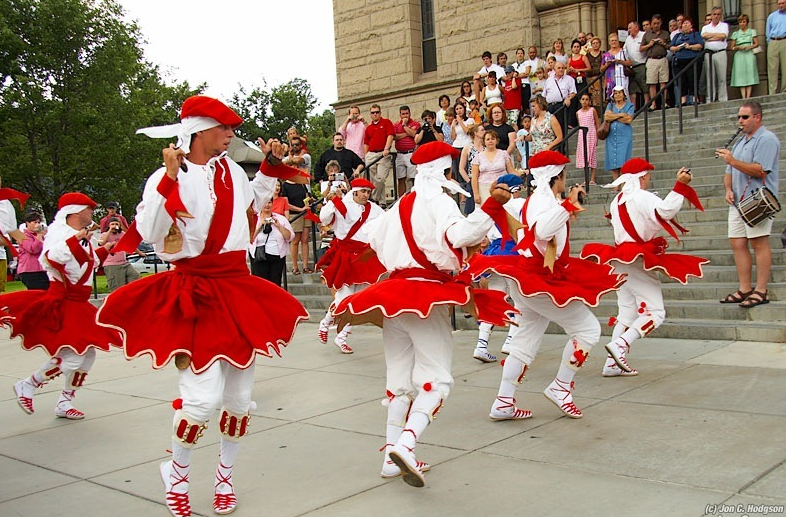
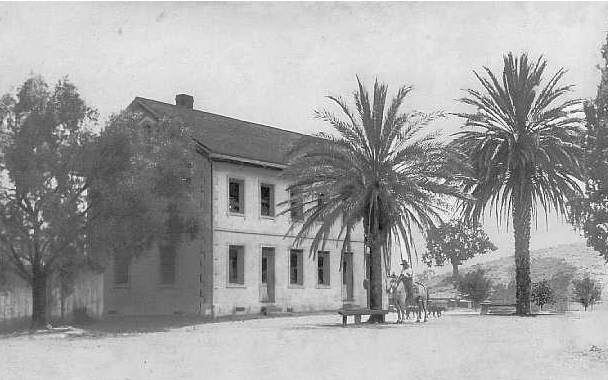
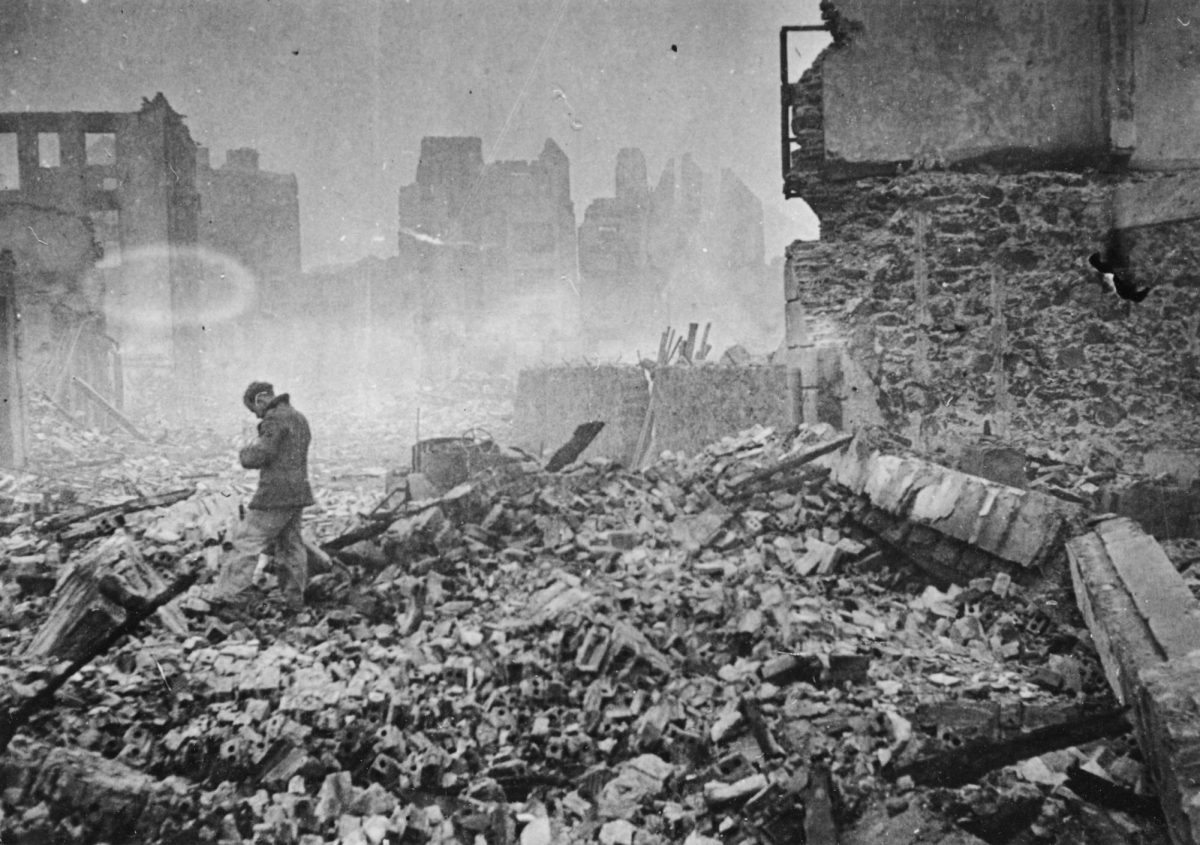
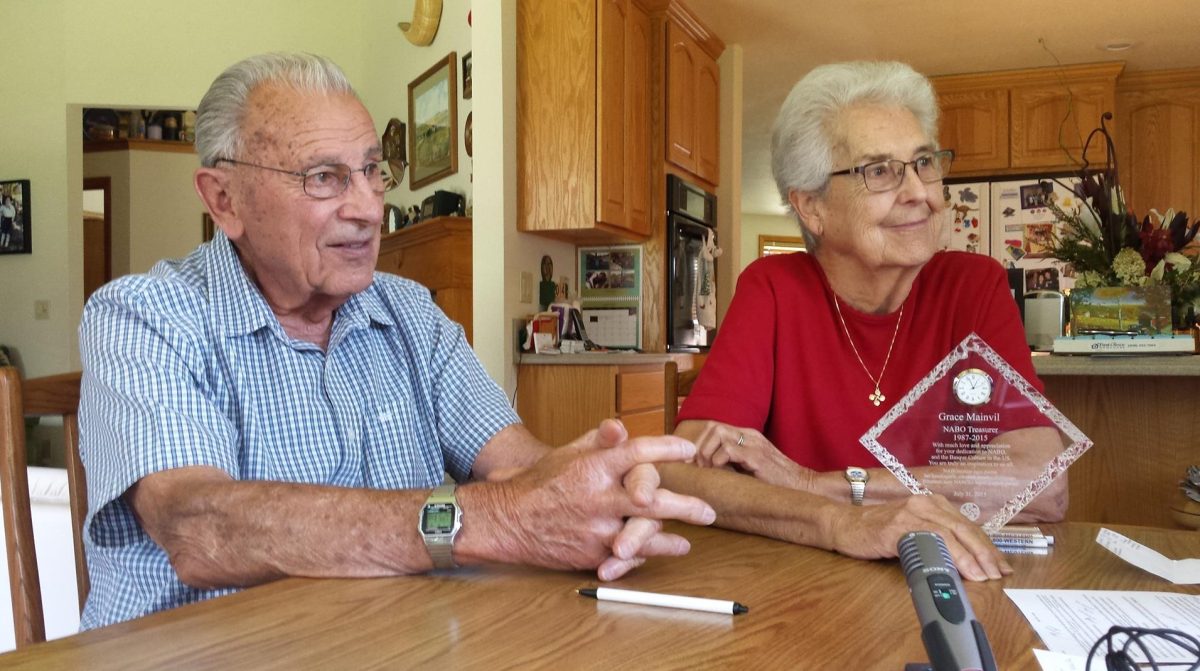
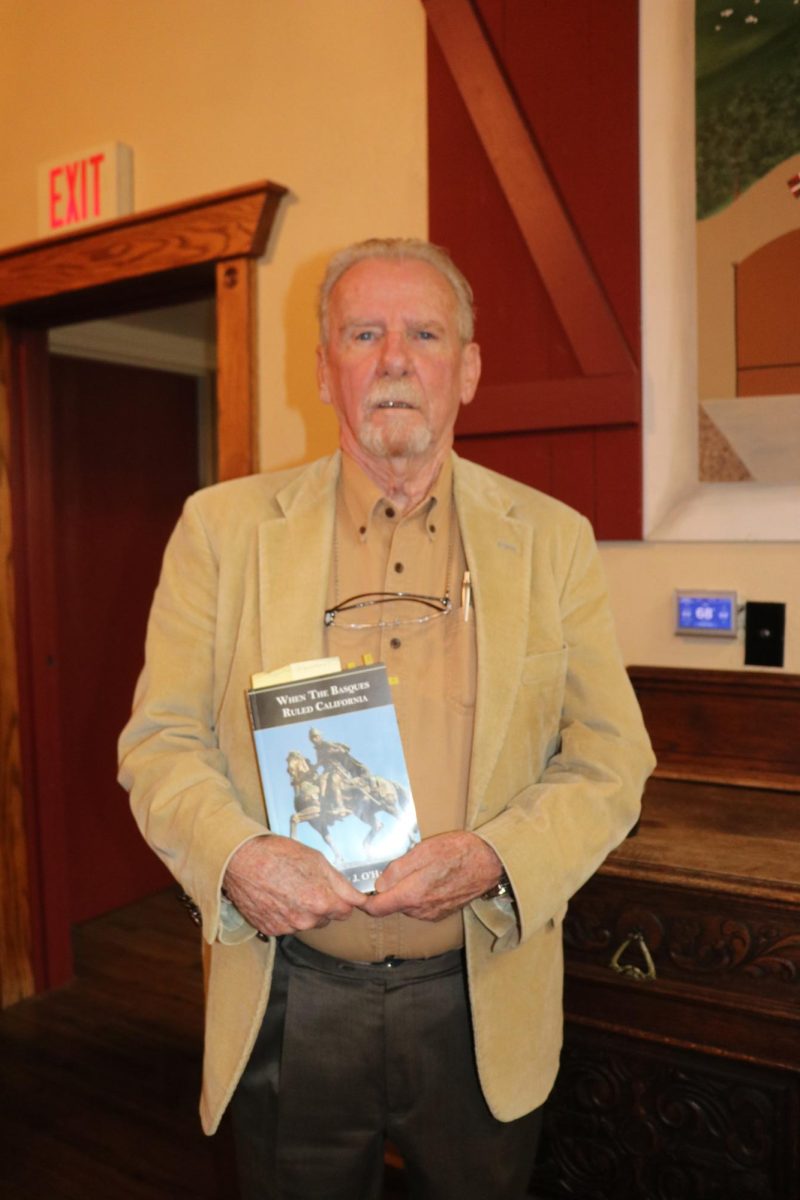

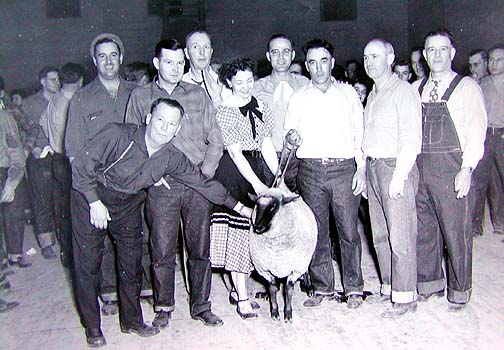
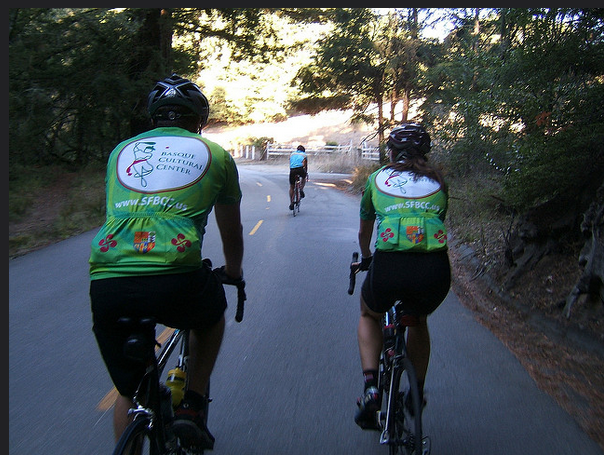


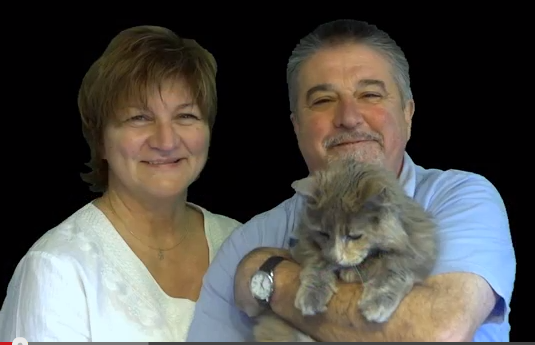
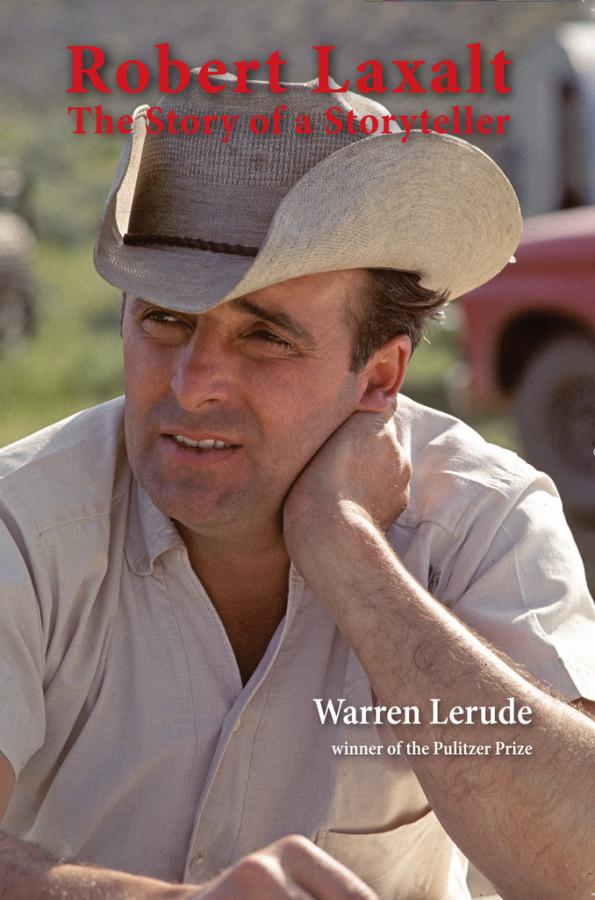
Howard Jaquith • Mar 1, 2015 at 6:52 am
There are many places these carvings existed or they have left behind a name. River crossings (Sheep Crossings on the San Joaquin) meadows with names like “Naked Lady” (lots of trees had carvings) 77 corral was a holding area, butchers corral. I have spent many days following the old Mammoth Sheep Trail over Shut Eye pass and up the Chochita Creek Drainage. HJ
Nancy Zubiri • Mar 7, 2021 at 2:16 pm
Yes, the Basques have left carvings across the West. Feel free to leave the locations of other carvings here.